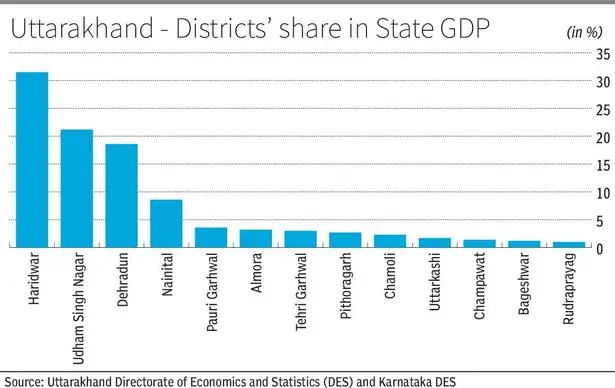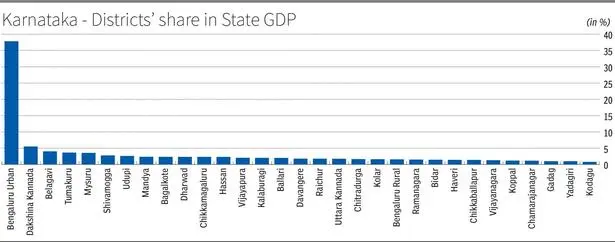7667766266
enquiry@shankarias.in
Mains Syllabus: GS III - Inclusive growth and issues arising from it.
Recent district domestic product (DDP) data from States reveal striking inequalities.


Aspirational Districts Programme (ADP) is an effective district led development approach.